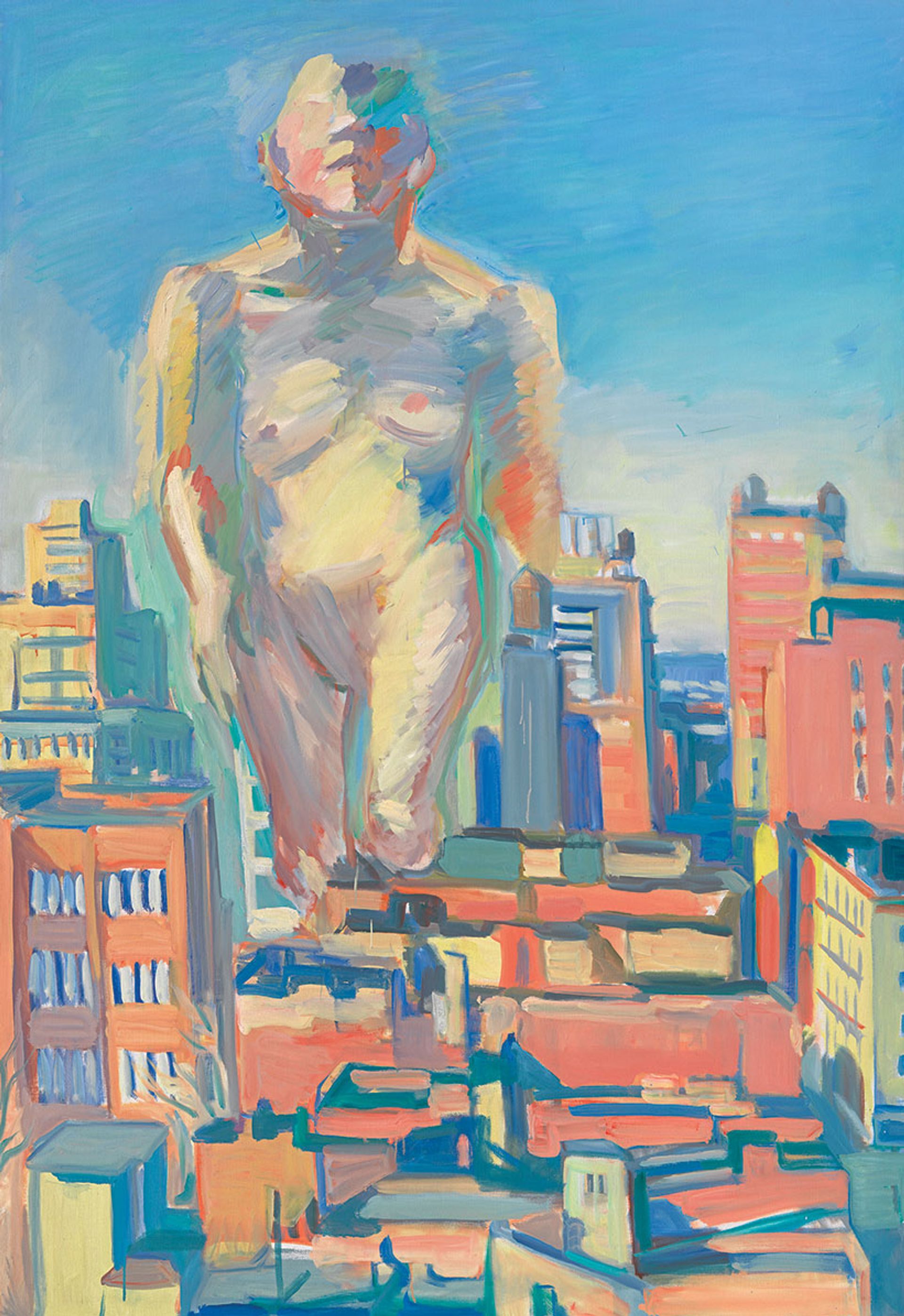December is a quiet month for blockbuster openings; most of the major galleries completed their business back at the start of autumn. But the relative lack of new activity gives more off-piste shows a chance to grab some of the limelight; such is the case with the Femme Fatale exhibition at the Hamburger Kunsthalle, which brings together a wide variety of artists—from Dante Gabriel Rossetti to Nan Goldin—to investigate the context and myths surrounding this curiously pervasive stereotype. Subtitled Gaze, Power, Gender, the show puts itself at the heart of contemporary discussion of feminism, particularly as it pertains to the art world.
Aware that the “femme fatale” is a problematic concept, to say the least, Markus Bertsch, the exhibition curator, calls it “a myth, a projection, a fiction. This is an image of a specific, firmly encoded female stereotype: a sensual and erotic, desirable woman whose demonic nature is revealed when men fall under her spell—often with a fatal outcome.”
Most of us would casually associate the term with the slinky, blonde-capped characters in 1940s American film noir—think Barbara Stanwyck or Rita Hayworth—or perhaps further back with the sultry “vamps” of the silent-movie era. But this exhibition reaches back to the early 19th century, seeing its roots in the romanticism of Julius Hübner’s The Fisherman and the Mermaid (1828) and the Nazarene artist Carl Joseph Begas’s The Lorelei (1835), both paintings taking their cue from German
myth-reprocessing romantic poets, Johann Wolfgang von Goethe and Heinrich Heine respectively.
Male fantasies
There would appear to be no getting over the maleness of these Victorian-era paintings, particularly as they proceed onward through the idealised neo-Medieval visions of the early Pre-Raphaelite Brotherhood to the overtly erotic late-century images of John Collier’s Lilith (1889)—in which the naked biblical figure is swathed in a giant snake—and John William Waterhouse’s Circe Offering the Cup to Ulysses (1891). Bertsch suggests that these works “visualise long-outdated gender relations and stage the female body in an erotic fashion that often appears sexist and misogynist to our modern eyes.” He adds: “The exhibits are to a large extent products as well as projections of distinctly male fantasies.”
In saying this, the curator points to the controversy over another Waterhouse painting: Hylas and the Nymphs (1896), which was removed from display at the Manchester Art Gallery in 2018 as part of a commissioned work by the contemporary artist Sonia Boyce. “Some saw the action as an act of censorship, thus endangering the freedom of art. Others, by contrast, welcomed the participatory gesture of the measure with its encouragement of an open discussion of socially relevant topics.”
Bertsch and his team are at pains to point out the contemporary significance of the femme fatale, even as we are more than a hundred years away from Waterhouse’s Circe and Hylas. “As a result of #MeToo, and in times of queer and intersectional feminist approaches, as well as extremely permeable gender boundaries, we might have expected the topic of the femme fatale to wane in significance, as it is based on the idea of a gender binary,” Bertsch says. “Looking at today’s cultural and media landscape, however, the opposite seems to be true.” Citing films such as Christian Petzold’s Undine (2020) and Julia Ducournau’s Titane (2021), the show’s most recent offerings—which include Goldin’s 16-minute found-footage video, Sirens (2019-20)—interrogate the ancient myths on which the iconography of the femme fatale is founded.

Maria Lassnig’s Woman Power (1979) offers an avant-garde alternative to erotic stereotypes
© Peter Kainz
Perhaps even more pertinently, the exhibition aims to tap into live issues of sexism, gender identity and the like. Included in the show will be a 1928 portrait by Gerda Wegener of Lili Elbe, the trans artist whose pioneering sex reassignment surgery was the subject of the book and film The Danish Girl. There are also several examples of works by the late 20th-century feminist avant-garde, from Birgit Jürgenssen’s erotically charged photographs to the unflinching painted portraits of Maria Lassnig.
Work evidently inspired by the #MeToo campaign is also present: Betty Tompkins’s Apologia (Artemisia Gentileschi) (2018), for example, combines text from a statement by the late painter Chuck Close after allegations of sexual harassment with Gentileschi’s celebrated Judith Beheading Holofernes (around 1613-14)—itself considered a response to Gentileschi’s own rape as a young woman in 1611.
“Current feminist artists no longer have to fight the image of the femme fatale but can re-appropriate and re-use it,” Bertsch says. “In postcolonial and queer feminist position, playing with fragments of the femme fatale image, opens up entirely new approaches to our topic.”
The show, particularly its more salacious paintings, may not be to everyone’s taste. “That the theme hardly seems to be in step with the times and might therefore be polarising goes without saying,” he says. But “looking back and being aware of the historical circumstances helps us to understand better where we stand today and what still needs to be done”.
• Femme Fatale: Gaze, Power, Gender, Hamburger Kunsthalle, Hamburg, 9 December-10 April 2023


